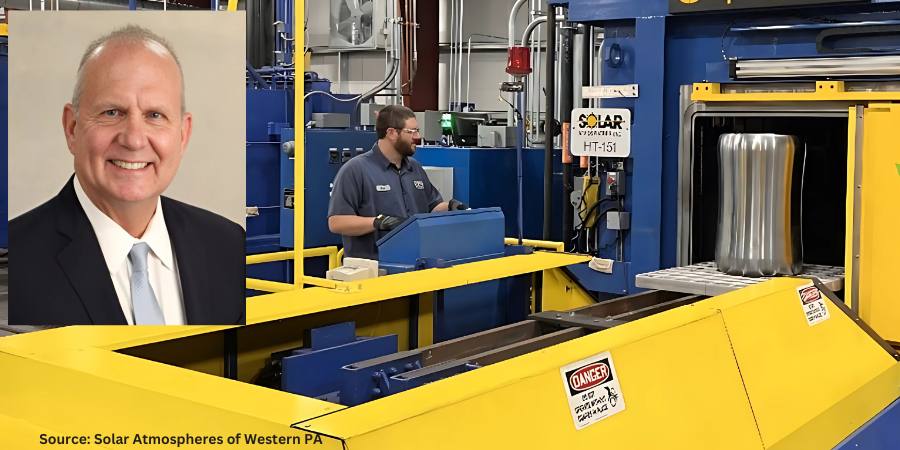During the day-to-day operation of heat treat departments, many habits are formed and procedures followed that sometimes are done simply because that’s the way they’ve always  been done. One of the great benefits of having a community of heat treaters is to challenge those habits and look at new ways of doing things. Heat Treat Today‘s 101 Heat Treat Tips, tips and tricks that come from some of the industry’s foremost experts, were initially published in the FNA 2018 Special Print Edition, as a way to make the benefits of that community available to as many people as possible. This special edition is available in a digital format here.
been done. One of the great benefits of having a community of heat treaters is to challenge those habits and look at new ways of doing things. Heat Treat Today‘s 101 Heat Treat Tips, tips and tricks that come from some of the industry’s foremost experts, were initially published in the FNA 2018 Special Print Edition, as a way to make the benefits of that community available to as many people as possible. This special edition is available in a digital format here.
In today’s Technical Tuesday, we continue an intermittent series of posts drawn from the 101 tips. The category for this post is Quenching, and today’s tips–#8, #38, and #81–are from three different sources: Dan Herring, “The Heat Treat Doctor®”, of The Herring Group; Combustion Innovations; and Super Systems, Inc.
Heat Treat Tip #8
14 Quench Oil Selection Tips

Here are a few of the important factors to consider when selecting a quench oil.
- Part Material – chemistry & hardenability
- Part loading – fixturing, girds, baskets, part spacing, etc.
- Part geometry and mass – thin parts, thick parts, large changes in section size
- Distortion characteristics of the part (as a function of loading)
- Stress state from prior (manufacturing) operations
- Oil type – characteristics, cooling curve data
- Oil speed – fast, medium, slow, or marquench
- Oil temperature and maximum rate of rise
- Agitation – agitators (fixed or variable speed) or pumps
- Effective quench tank volume
- Quench tank design factors, including number of agitators or pumps, location of agitators, size of agitators, propellor size (diameter, clearance in draft tube), internal tank baffling (draft tubes, directional flow vanes, etc.), flow direction, quench elevator design (flow restrictions), volume of oil, type of agitator (fixed v. 2 speed v. variable speed), maximum (design) temperature rise, and heat exchanger type, size, heat removal rate in BTU/hr & instantaneous BTU/minute.
- Height of oil over the load
- Required flow velocity through the workload
- Post heat treat operations (if any)
Submitted by Dan Herring, “The Heat Treat Doctor®”, of The Herring Group.
Heat Treat Tip #38
Oil and Water Don’t Mix
Keep water out of your oil quench. A few pounds of water at the bottom of an IQ quench tank can cause a major fire. Be hyper-vigilant that no one attempts to recycle fluids that collect on the charge car.
Submitted by Combustion Innovations
Heat Treat Tip #81
Quench Oil Troubles
According to Super Systems, Inc., there are one of three problems to consider if your quench is just not cutting it. Although SSI focuses more on atmosphere control systems, when parts come out soft, the problem isn’t always the atmosphere – sometimes it’s the quench. Here are three things to consider regarding your quench:
- First, check the composition of the quench media. Is it up to spec? Does it need to be refreshed?
- Is the quench receiving adequate agitation to thoroughly quench the load?
- Is the quench at the right temperature? If the bath is too warm when the load enters, quenching won’t go well!
Submitted by Super Systems, Inc.
Photo credit: Heat Treat Today FNA 2018; Super Systems, Inc.
If you have any questions, feel free to contact the expert who submitted the Tip or contact Heat Treat Today directly. If you have a heat treat tip that you’d like to share, please send to the editor, and we’ll put it in the queue for our next Heat Treat Tips issue.





